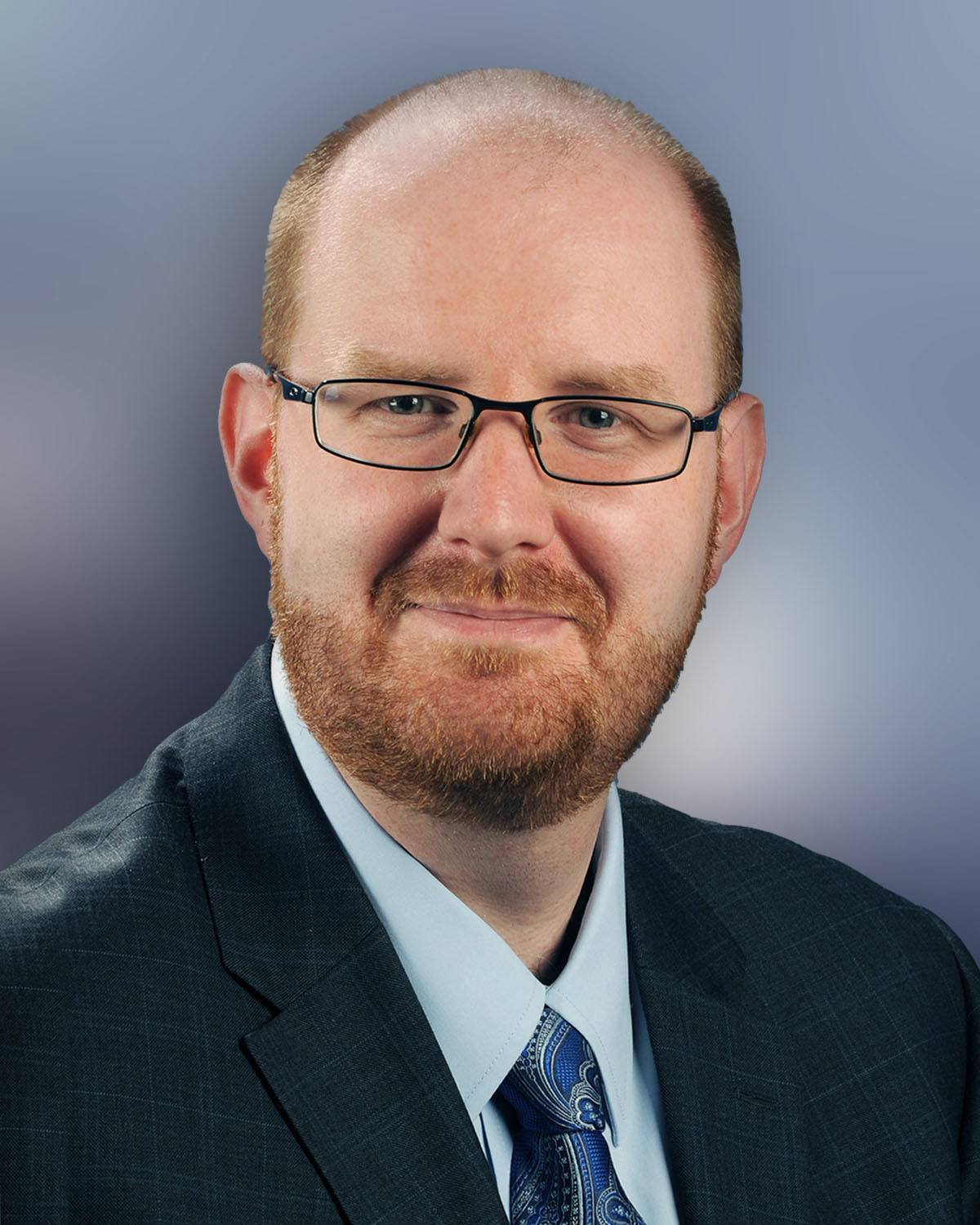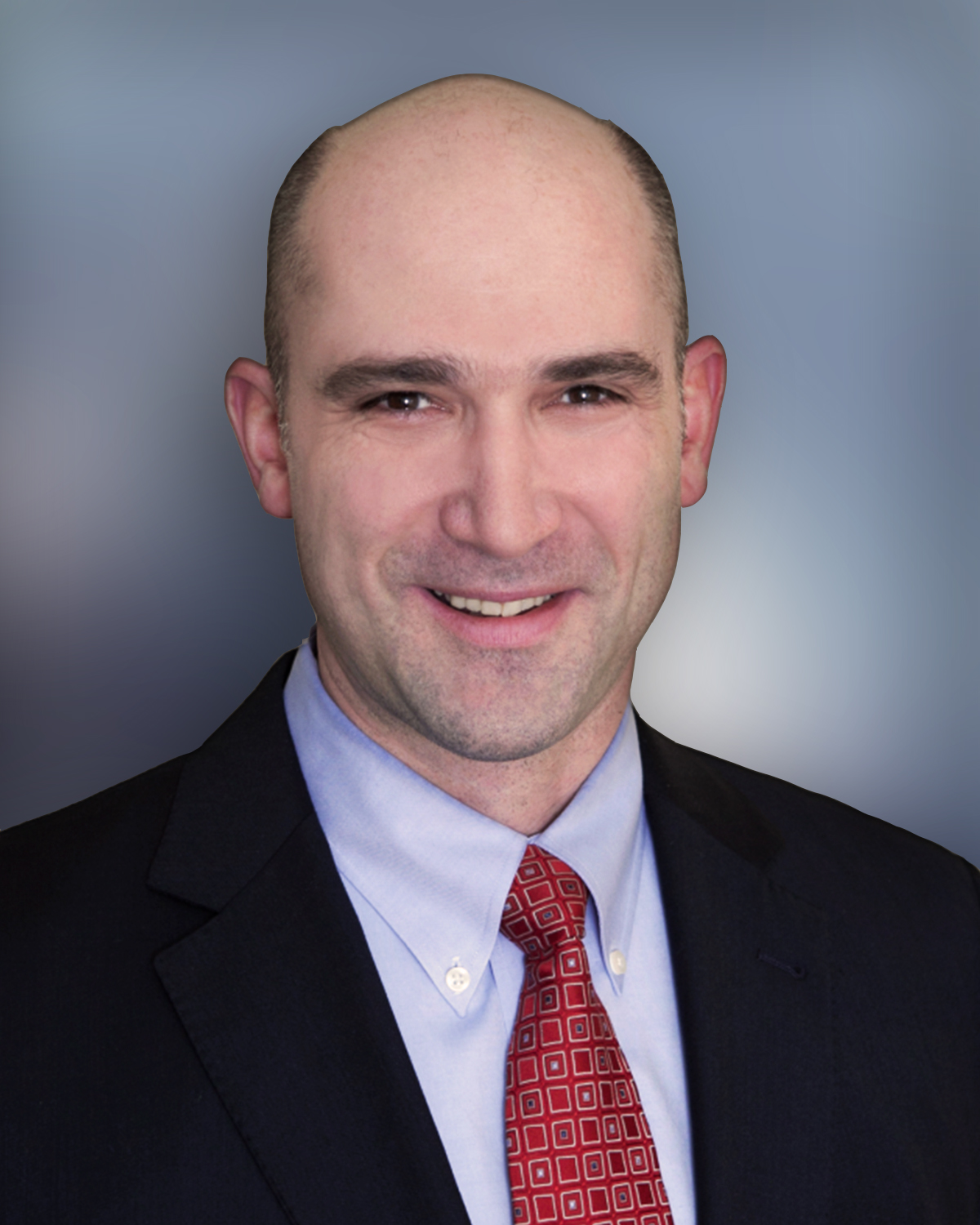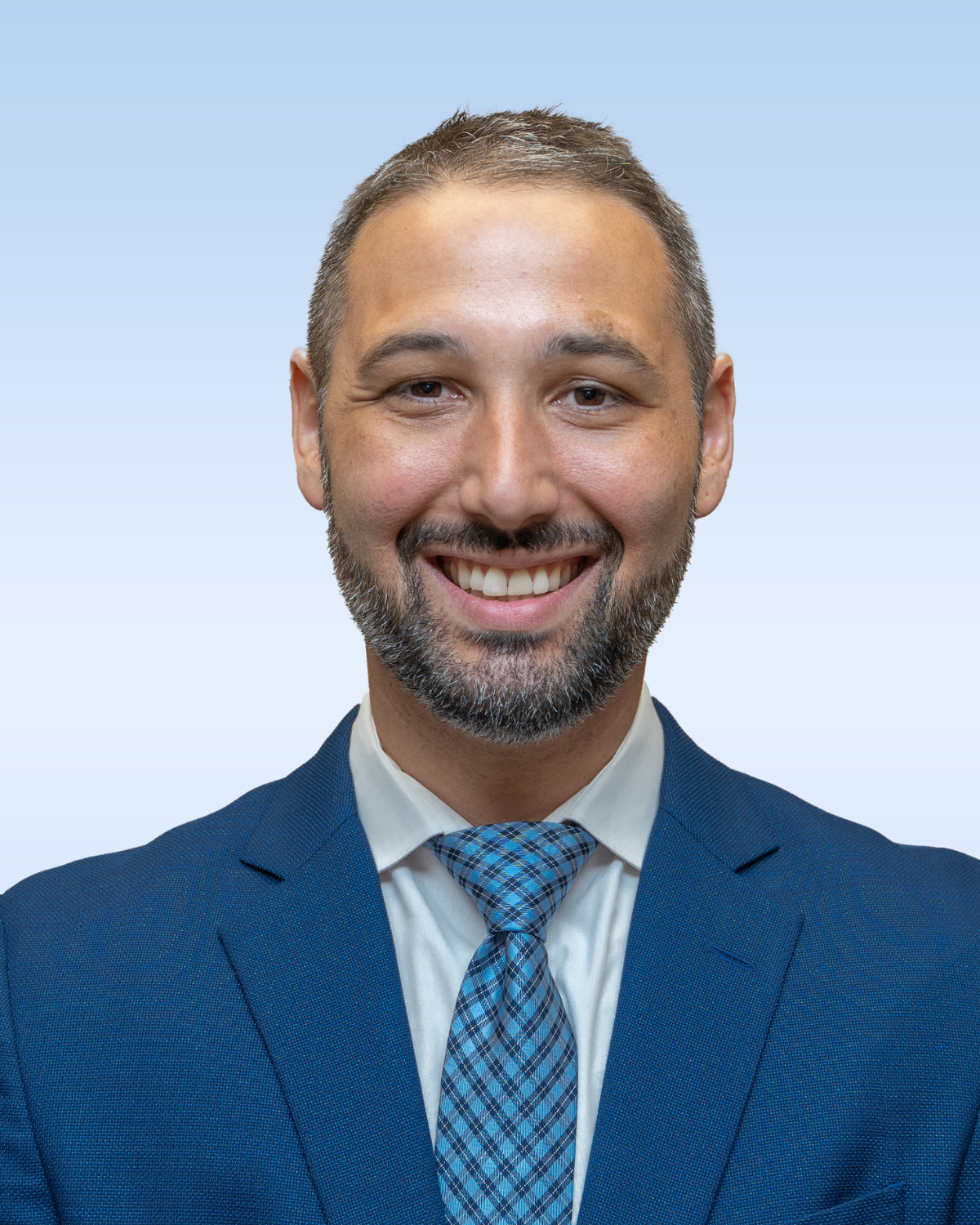Cerebral Palsy: Specialists, Symptoms and Treatments
What is Cerebral Palsy?
Cerebral palsy is a condition caused by damage or abnormalities in the parts of the brain that control movement and coordination. Though the spinal cord and muscles initially develop normally, the child has difficulty controlling his or her muscles.
Cerebral palsy can develop before a baby is born, but may also begin after birth or during the early years after birth. Though there is no cure, early treatment can help children improve their capabilities. Children with cerebral palsy will typically work with different types of specialists, including pediatric orthopedic surgeons, for treatment.
Meet Our Pediatric Orthopedic Specialists
Our pediatric orthopedic surgeons at Seaview Orthopaedics, Dr. Paul Haynes, Dr. Christopher Collins, and Dr. Jon Lentz, specialize in the treatment of cerebral palsy. As part of your care team, Dr. Haynes, Dr. Collins or Dr. Lentz will work with you to help your child improve their functional capabilities.
Schedule An Appointment with Our Pediatric Specialists
What are Some Signs and Symptoms of Cerebral Palsy?
Cerebral palsy can affect children differently, depending on the degree of severity. Developmental delays in walking, rolling over, sitting, or crawling can be early signs of cerebral palsy. Some children with cerebral palsy are able to walk on their own, while others will need to use crutches, walkers, or wheelchairs to get around.
Cerebral palsy can affect a child in many different ways, including:
- Increased muscle tone or tightness, causing the limbs to be stiff and contracted
- Low muscle tone or looseness, causing the limbs to be weak and floppy
- Uncontrolled, involuntary movements
- Poor balance and depth perception
- Difficulty with precise movements
- Mental impairment
- Seizures
- Vision problems
- Scoliosis
- Dental problems
- Hearing loss (partial or complete)
- Joint problems, including contractions and dislocations
These symptoms can interfere with normal activities, including sitting, walking, and even speech. Cerebral palsy can affect different parts of the body, including both legs (diplegic), one side of the body (hemiplegic), both legs and one arm (triplegic), or all four limbs (quadriplegic).
Orthopaedic Treatment Options for Cerebral Palsy
The role of orthopedics in cerebral palsy treatment is to improve joint stability, muscle strength, mobility, and coordination, while helping to prevent or relieve muscle tightness, contracture, and spasms. Our pediatric specialists at Seaview Orthopaedics offer both surgical and nonsurgical treatments for cerebral palsy.
Nonsurgical orthopedic treatment for cerebral palsy often involves the use of braces, splints, or casts. Braces, splints, and casts can help with joint stability, preventing muscle contracture, and improving joint function. Braces can also help to compensate for muscle imbalance by providing support.
Medications and injections can also help children with cerebral palsy. Medications like oral diazepam and baclofen may be recommended to help with muscle spasms, seizures, muscle stiffness, and abnormal movements. Botox injections may also be helpful to relax muscle spasms, particularly in patients under the age of 5. Botox is also helpful when combined with casting.
Physical therapy is another important, ongoing part of treatment for cerebral palsy. Physical therapy can help young patients learn how to sit, walk, or use a wheelchair. It also helps children with cerebral palsy improve strength, balance, and coordination. At Seaview Orthopaedics, we offer physical therapy on-site at all six of our office locations. This allows for greater coordination between your doctor and your physical therapist as part of your care plan.
If symptoms of cerebral palsy are severe and do not improve with nonsurgical treatments, surgery may be recommended. There are several different types of procedures that may be recommended, depending on the specific problems the child is facing.
If a child has severe muscle contracture, the muscles may be surgically lengthened. Lengthening the muscles can make it easier for the child to walk and may reduce stress on the joints. In other cases, surgical procedures may be used to correct the positioning of the limbs or a curvature in the spine.
Some patients may also find relief from severe muscle spasms and stiffness with an intrathecal baclofen pump. The pump is surgically implanted under the skin to deliver regular doses of a muscle relaxant.
Cerebral Palsy in Central Jersey & Jersey Shore
Cerebral palsy treatment involves working with many different care teams to achieve the best possible results for your child. Dr. Paul Haynes, Dr. Christopher Collins, and Dr. Jon Lentz, our pediatric orthopedic specialists at Seaview, will work with you and your care team to determine the best course of treatment for your child. If you would like to learn more about cerebral palsy treatment, or would like to Book Appointment with one of our specialists, please call (732) 660-6200. For your convenience, we also offer online appointment scheduling.
Schedule An Appointment with Our Pediatric Specialists




